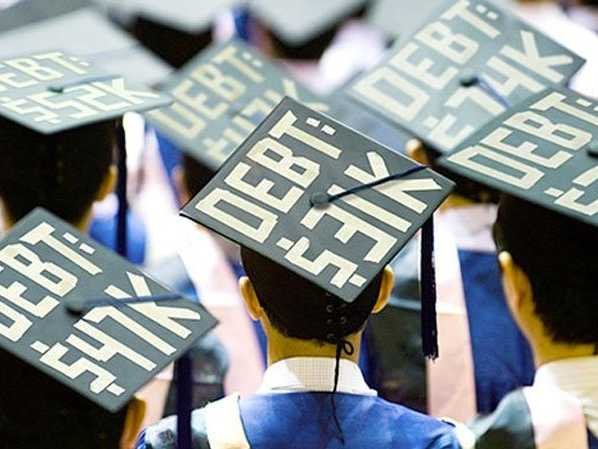 democracynow.org
democracynow.org
I graduated in 1996 with a masters’ degree, approximately $27,000 in debt, and a burning desire to do good in the world at a nonprofit. My idealism was quickly replaced with a gnawing, constant worry about making ends meet: An entry-level nonprofit salary and a $300 monthly loan payment made for uneasy budgetary bedfellows in Washington, D.C. I lasted six months as a penny-watching idealist then fled for a higher salary in the private sector.
The world has moved on without my services as a professional idealist, but society as a whole needs people willing to bend their time and talent to public service. Enter the 2007 Public Service Loan Forgiveness Program and its subsequent expansion by the Obama administration in 2010, 2012 and 2015. The fundamentals of the program were simple: Did you have a federal student loan? Were you employed in public service? Then you could cap your payments at a fixed percentage of your monthly income and after ten years of qualified public service, the government would forgive the remaining balance on your federal student loans.
This was not a “get out of all student loans” ticket—thanks to federal student loan limits, the amount of money a student can borrow from the government may not cover tuition, room and board, so a lot of students have to fill in the rest with private loans. But the Public Service Loan Forgiveness Program (PSLF) could and did help people manage their federal student loan debt.
The current administration is proposing to eliminate thisprogram. As the Washington Post reports:
The loan forgiveness program, enacted in 2007, was designedto encourage college graduates to pursue careers as socialworkers, teachers, public defenders or doctors in rural areas.There are at least 552,931 people on track to receive thebenefit, with the first wave of forgiveness set for October.It’s unclear how the proposed elimination would affect thoseborrowers… There were no estimates on how much thegovernment would save by eliminating public-service loanforgiveness.
This column does not necessarily reflect the opinion of Business Insider.
Read the original article on Observer. Copyright 2017. Follow Observer on Twitter.




